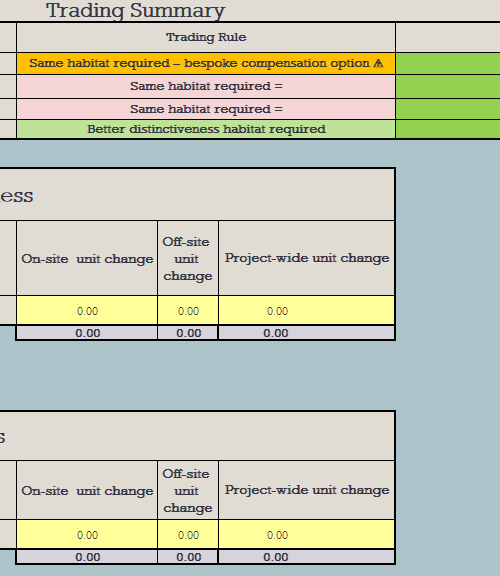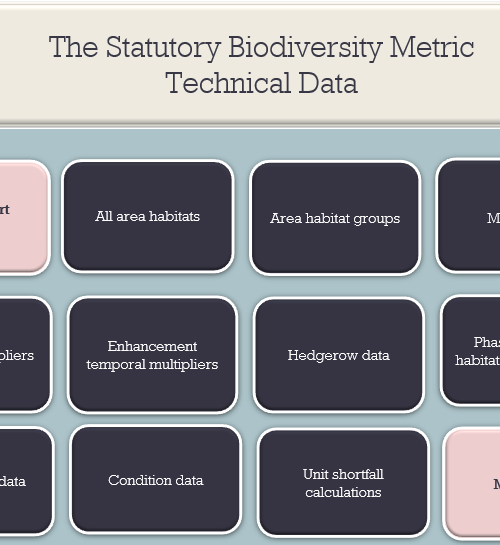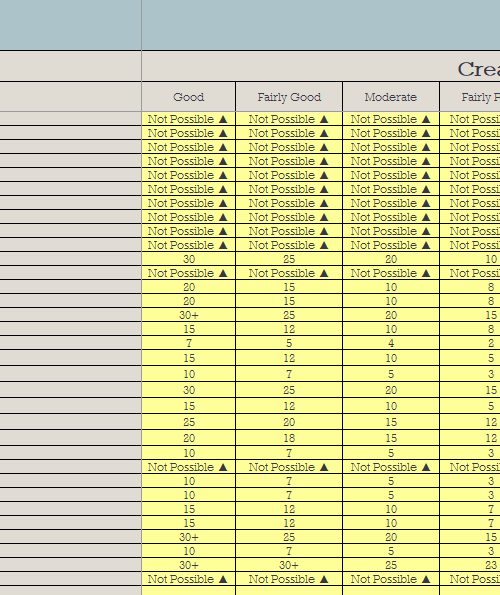Biodiversity Net Gain
Enhancing the environment and meeting your obligations
Biodiversity Net Gain
Rolling out from January 2023, Biodiversity Net Gain calculations will be needed across all new developments and projects in England.
Under Schedule 7A of the Town and Country Planning Act all developers must deliver a biodiversity net gain of 10% for all new developments in England. Biodiversity Net Gain has been scheduled to roll out from January 2024 and is aimed at reducing the impact of development on the environment.
At VMS, we are already delivering these results for our major clients, with more and more work in the pipeline.
So what is BNG and how does it affect me?
Biodiversity Net Gain has been brought in by the government to prevent future habitat loss and protect and improve remaining green spaces in the country. On a typical site, this means that whatever area of habitat that is lost due to a new structure/installation or development is recreated to a similar standard nearby.
Depending on how early in the process Biodiversity Net Gain calculations are incorporated, will depend on the output and offsetting measures required.
Speak to our trained team now to get your project off to the right start.
Back to Ecology Services.
Case Study
Working on the Midland Mainline Electrification Project our team of ecologists have already delivered a 2.1% Biodiversity net Gain against a No Net Loss target through careful and considered management practices, that encourage and develop a healthy, diverse and resilient habitat. With additional management measures, our ecologists would be able to deliver a 10% biodiversity increase across this linear habitat, well above the requirements set out at the start of the project. This would all be attained through improved management and maintenance and wouldn’t need to involve the use of receptor or third party offsetting locations – keeping species where they are and not degrading or removing the habitat from site.
To date, we have already seen a reduction in woody scrub species (such as bramble) alongside an increase in natural wildflowers and grasses (such as Dog Violet, Viola canina), pictured to the right. Dog Violet is an important pollinator that is also a preferred egg depositing plant for several species of butterfly. Over the next decade we will watch with interest to see this rail corridor flourish.



